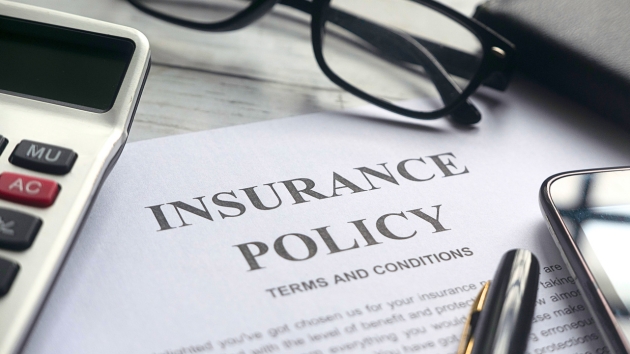Do you really know what’s in your insurance policy? If you skip over the fine print, you may not realize what’s covered until a claim comes along. Fortunately, a little knowledge goes a long way. By understanding the basics, you can choose a policy that suits your needs and helps you avoid costly surprises.
Step 1: Learn the Lingo
Here are some common insurance terms that are included in most policies:
- Limits. The limit is the maximum amount your insurance company will pay. Some policies set a different limit for different types of claims.
- The aggregate limit is the maximum total amount the insurer will pay in a coverage period.
- A per-occurrence limit sets the maximum the insurer will pay for a single claim.
- Sub-limits are the maximum the insurer will pay for certain types of losses.
- Deductible. This is the amount you’re responsible for in the event of a claim. The deductible is subtracted from your claim payout. For instance, if you have a loss valued at $20,000 and your deductible is $5,000, the insurer pays $15,000.
- Premium. This is the amount you pay to purchase insurance coverage. Premiums are often paid monthly, but the premium may sometimes be expressed as the total cost for the entire coverage period, typically one year or six months.
- Peril. A peril is a cause of loss, such as a fire or theft. In a named-perils policy, only the perils that are named in the policy are covered. In an all-risk policy, any peril that’s not listed as excluded is covered.
Step 2: Review the Policy Declarations Page
The declarations page is basically a summary of your insurance policy. It doesn’t get into the nitty gritty details, but it does provide an overview of your coverage. The declarations page is typically located within the first couple of pages of your policy, and your insurer may send you a digital or physical copy when you purchase coverage.
The declarations page typically includes:
- Your personal information
- Limits
- Premium
- Deductible
- Types of Coverage Provided
Review the declarations page to verify that everything is correct. For example, if an auto policy is missing a named driver, or if a homeowners policy has an incorrect property address, you need to contact the insurer ASAP to get this fixed. Also, verify that you have the coverage types and limits you expected.
Step 3: Check the Insuring Agreement
The Insuring Agreement goes into more details about your coverage, including the losses the insurer will cover and what the insurer’s obligations are in the event of a claim. This document tells you what to expect if you experience a loss.
An insurance policy can be dense, but the following four elements deserve your attention:
- Definitions. Although some insurance definitions are fairly universal, other definitions can vary slightly from policy to policy. Minor differences can have a big impact on claims.
- Conditions. The policy may place conditions on coverage. For example, you may have to cooperate with the insurer during the claims process. Failure to meet the conditions can jeopardize your coverage.
- Exclusions. Things that are not covered under your policy are excluded. For example, damage caused by wear and tear or policyholder neglect are typically excluded from coverage. Likewise, damages caused by earthquake or flood are often excluded from coverage.
- Endorsements. While exclusions take away coverage, endorsements add coverage. Review your endorsements to see what additional coverage you may have. For example, your policy could include a scheduled personal property endorsement to ensure coverage for an expensive collection.
Do You Understand Your Insurance Policy?
If you don’t understand your coverage, you may be going without important protection, or paying for insurance you will never use. Don’t wait for a costly surprise! An insurance agent can help you review your policy and secure more coverage if needed. Find an agent.

